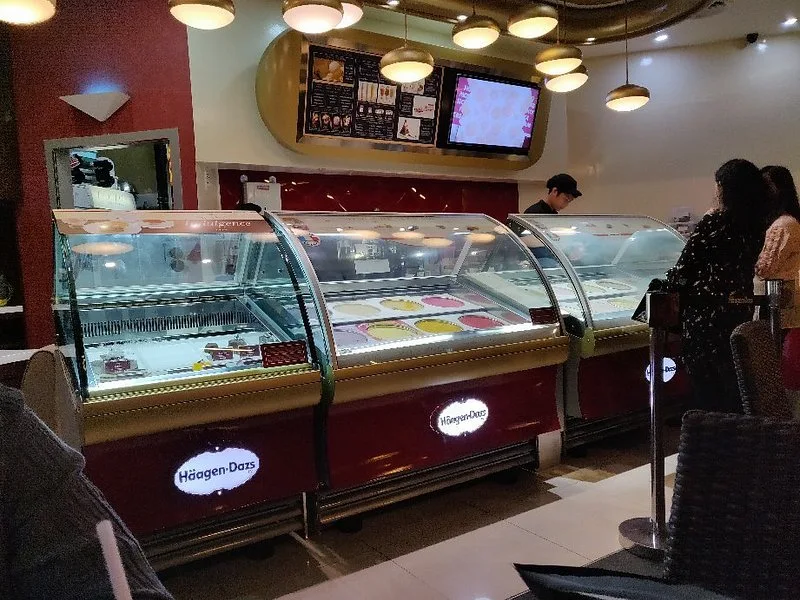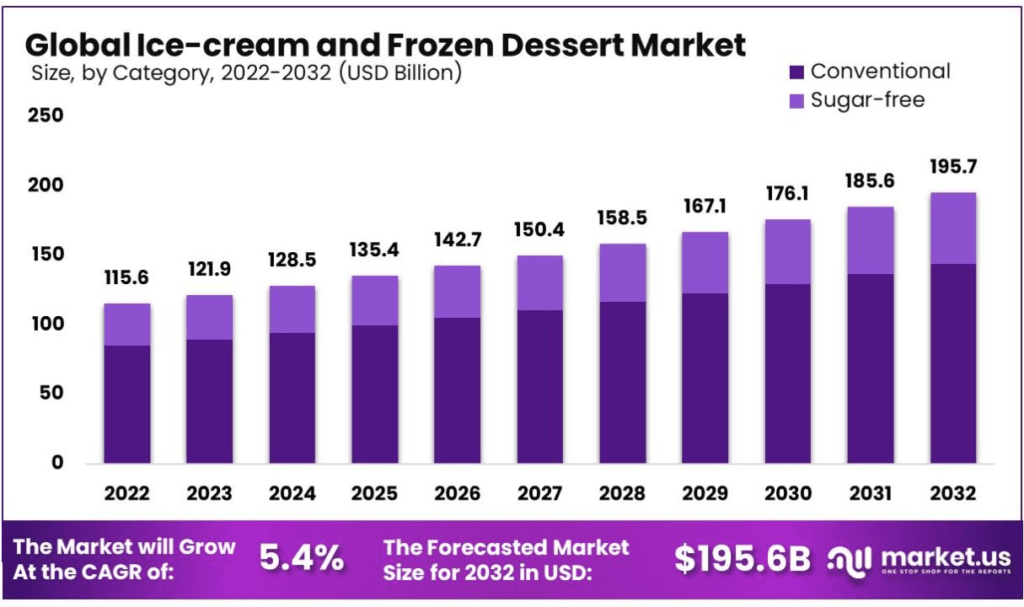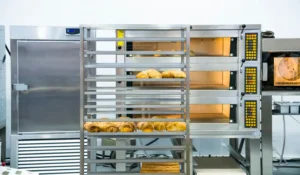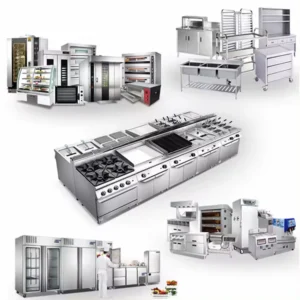
Start an ice cream business and get popular. Learn how to manage finances, choose a location, and attract high-end customers!
Pakistan, Malaysia, Indonesia, and India, where dessert sales are rising and the weather is lovely, are good areas to start an ice cream business. This post shows the ice cream business profit.
Investment of Commercial Ice Cream Equipment
You will need to invest in some ice cream equipment, which will probably be the biggest expense for your ice cream business. For example, ice cream machines, ice cream display cabinets, refrigerators, and so on. Choosing to import from China is a wise decision.
https://acenoxkitchenequipment.com/product-category/ice-cream-freezer/
You can get exact price on your local market from Amazon or local B2B hotel equipment website in your country.
Raw Materials and its Costs
Ice cream requires key ingredients:
Milk
Ice cream takes $0.70–$0.80/litre milk. Since milk is the foundation of ice cream, dairy price variations may affect production costs. So, ice cream companies must follow dairy market trends to minimize costs.
Cream
The cream is essential to ice cream’s flavour and appeal. The average litre of cream costs $3.50–$4.00. Its high price reflects its part in ice cream’s wonderful texture. Cream is more costly, but quality should not be compromised.
Sugar
It costs $0.50 per kilogram as an ice cream sweetener. Market conditions and raw material availability affect sugar pricing. Sugar makes ice cream sweet and creamy, so budgeting and pricing must account for these market movements.
Other Ingredients
Prices for things to sell in an ice cream shop, such as fruits, nuts, and flavourings, vary by type and season. These enhancements raise ice cream shop costs and variety. Changing these components might help ice cream establishments attract more customers by offering flavours for different seasons and preferences.
Rent and Operational Space
Location is crucial in the food and beverage industry since rent is expensive:
Rent a 40 m² Area
The food and beverage industry relies on location and rent to attract customers. For a 40-square-meter flat in Karachi or Lahore’s busy metros, expect $200 per month. This investment provides a little space to start an ice cream shop in congested cities.
Rent a 100 m² Area
Consider renting a 100 m² facility for $400-$500 each month, with additional space for customers and maybe a sit-down area. More room allows for diverse designs, and more facilities may boost customer happiness. It’s more costly, but capacity and consumer involvement may boost revenues.
Labor Costs
Salary is a major expense. Waiters and kitchen workers pay $150–250 per month. Ice cream company staffing depends on size and hours of operation.
Calculation Of Ice Cream Business Profit: A Hypothetical Scenario
A small-scale ice cream company scenario will help us grasp its finances.
Selling Price per Scoop
Each scoop of ice cream costs $1.00. This pricing point is normal for basic tastes and allows for profit while being accessible to many clients.
Cost per Scoop
Each scoop costs $0.50, including supplies and utilities. Milk, sugar, cream, and operational utilities to keep the ice cream frozen and the business operating are included in this computation.
Monthly Rent
The monthly rent for a 40m² location in a busy metropolitan neighbourhood is $200. A small facility for an ice cream store without many facilities costs this much.
Employee Salaries
This scenario contains $200 monthly pay for two workers. Serving guests, maintaining the facility, and controlling inventory are their daily tasks.
Monthly Sales Volume
We expect monthly sales of 1500 scoops. This volume is achievable for a tiny but well-positioned ice cream shop, particularly during peak seasons.
Revenue and Cost
- Total Revenue: Selling 1500 scoops at $1.00 a piece generates $1500 each month.
- Variable Costs: At $0.50 per scoop, production-volume-related variable costs total $750.
- Fixed Costs: Rent and salary total $400 per month.
Net Profit
After deducting variable and fixed expenses from revenue, the monthly net profit is $350.
Net profit= $1500 revenue – $0.5 per scoop×1500 scoops- $400 fixed cost
This is good for a new or small business and implies possibilities for development or, marketing or facility improvements.
Ice cream business profit margin is around 23%. This is a general calculation, there are some other cost such as electricity cost or some tax you may consider as well.
Ideal Place for an Ice Cream Shop
Selecting the right location is paramount:
- High Traffic Areas: These entertainment areas usually sit near things like local schools, entertainment venues or shopping centres.
- Visibility and Accessibility: Places that are visible and convenient not only inspire impulsive purchases but also improve sales rates.
- Demographic Fit: The main thing here is the audience. Places adjacent to family parks and cinemas would be suitable for parents with children.
- Competition: The purpose of competitive analysis will be to determine whether or not the area already has the same services that we offer.
Rising Trends in the Ice Cream Industry

Understanding current trends is vital for staying competitive:
- Health Conscious Offerings: As there is a growing number of consumers favoring healthier alternatives, sugar-free or vegan types of ice cream have become more and more popular.
- Flavor Innovation: Coming up with brand new flavors alongside keeping them local would be the way to outrun your competitors.
- Eco-friendly Practices: By being eco-friendly, the business may get customers who are environmentally concerned.
- Technology Integration: Online order and delivery will be critical in urban districts, with the main focus on convenience.
Final thoughts Of Ice Cream Business
Opening an ice cream business is a complicated job, ranging from the selection of ingredients and controlling cost factors to choosing the right place and attending to the latest market trends. Keeping in mind the balance, quality, cost-effectiveness, and marketing strategies will be the key to the success of this journey, which will result in the development of loyal customers and long-term profitability.






